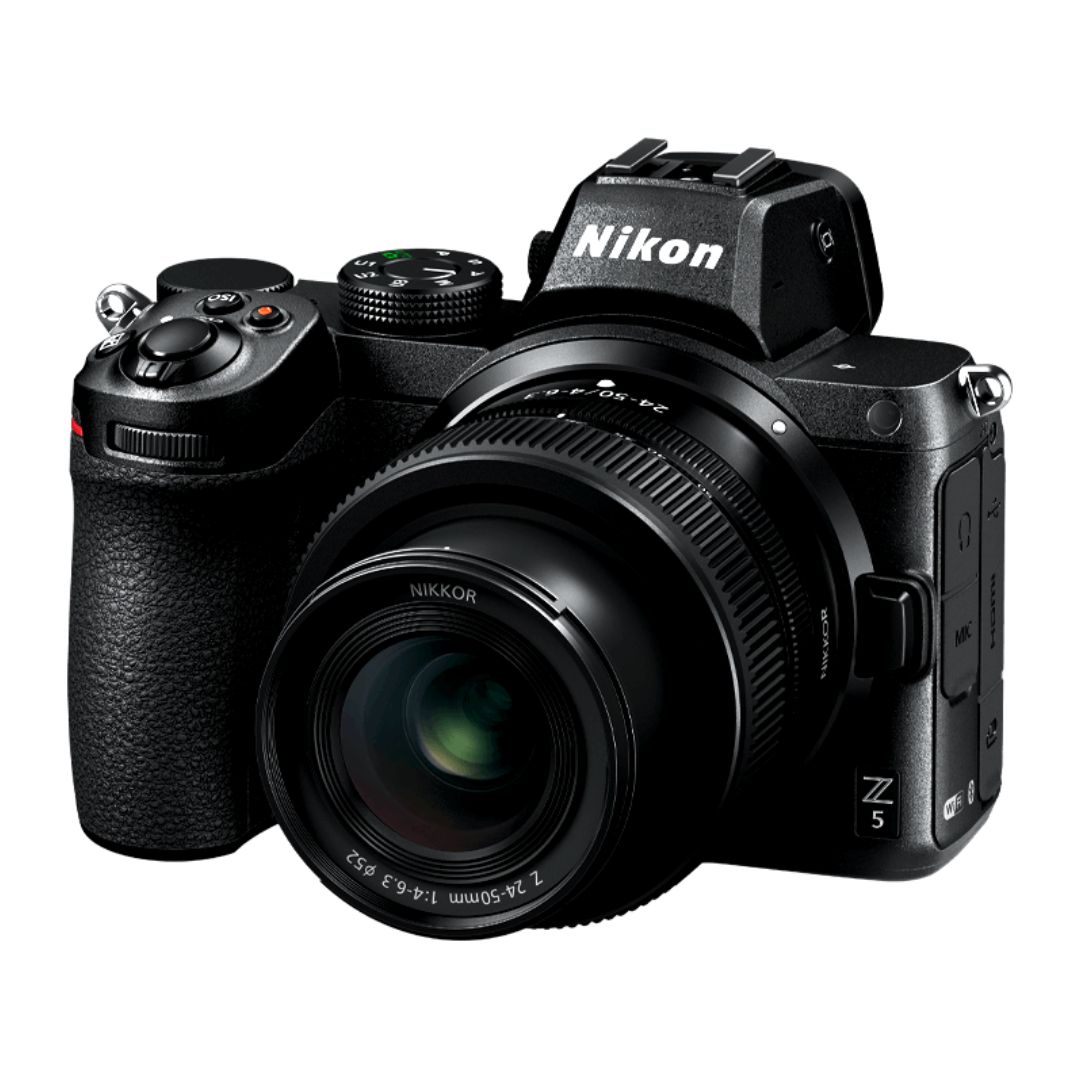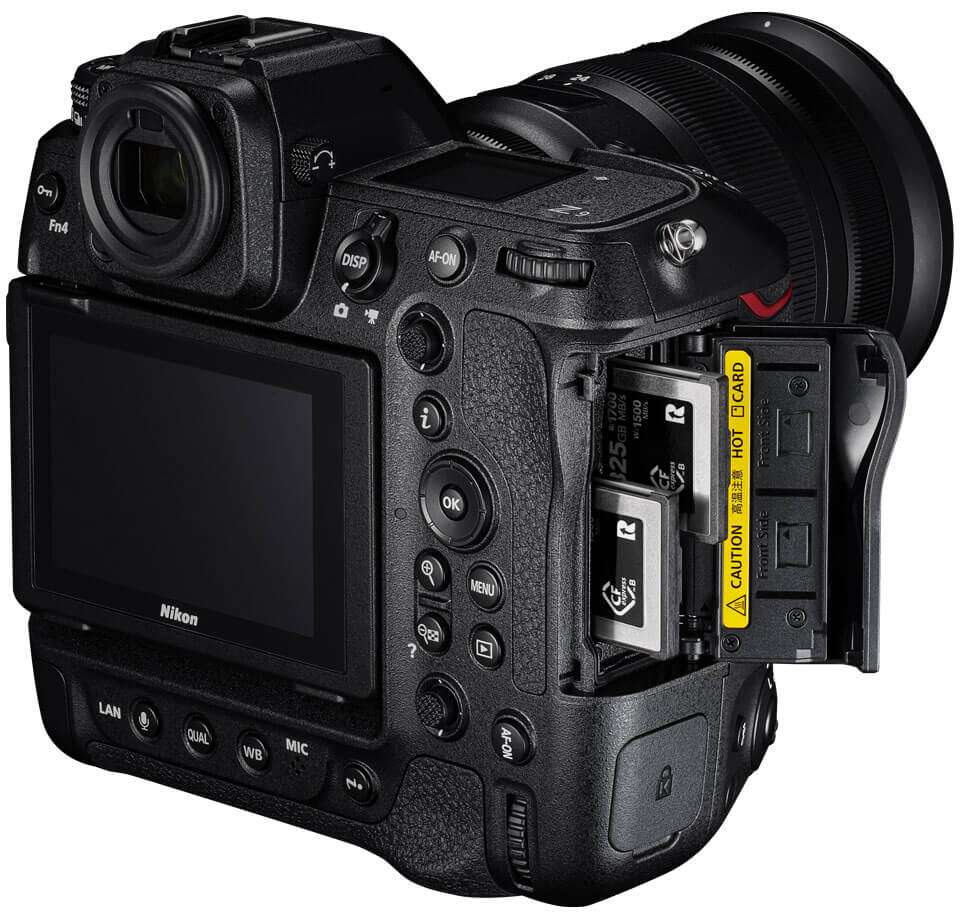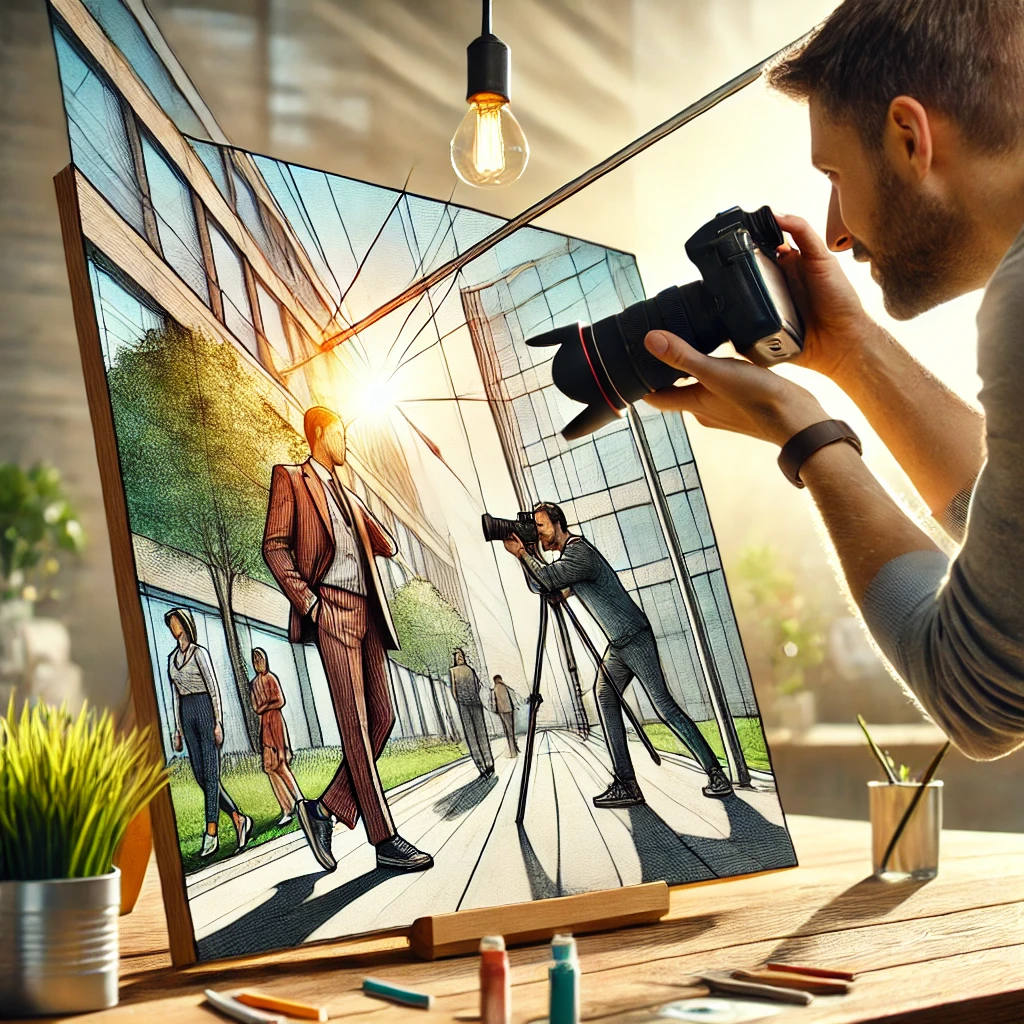Why Angles and Composition Matter in Candid Photography
Capturing authentic moments requires a deep understanding of angles and composition in candid shots. A well-composed candid photograph tells a compelling story, evoking emotions and drawing viewers into the scene. Unlike posed photography, candid shots thrive on spontaneity, but that doesn’t mean they lack structure. By mastering angles and composition, photographers can create images that feel natural yet visually striking.
Why Angles and Composition Matter in Candid Photography
Enhancing Storytelling
Every photograph narrates a story. The right angles and composition guide the viewer’s eye, ensuring the subject remains the focal point while background elements provide context. Whether you’re capturing the joy of a wedding, the hustle of a street market, or the quiet solitude of a portrait, your composition dictates how the story unfolds.
Creating Depth and Dimension
Flat, lifeless images often result from improper angles. Adjusting the camera perspective adds depth and dimension, making candid shots appear more immersive. Using foreground elements, layering subjects, or experimenting with height differences brings dynamism into the frame.
Evoking Emotion
Candid shots excel at capturing raw emotion, and composition plays a crucial role in emphasizing these feelings. Positioning a subject slightly off-center, using leading lines to draw attention, or incorporating natural frames (like doorways or windows) can make emotions more pronounced and impactful.
Mastering Angles in Candid Photography
1. Eye-Level Shots: A Natural Perspective
- Why It Works: Shooting at eye level provides a realistic and engaging perspective. It allows the viewer to connect with the subject as if they were part of the scene.
- Best Uses: Everyday moments, children’s portraits, street photography.
- Pro Tip: Maintain focus on the eyes, as they convey the most emotion in a candid portrait.
2. Low-Angle Shots: Power and Presence
- Why It Works: Shooting from below makes the subject appear larger-than-life, adding strength and dominance to the image.
- Best Uses: Candid portraits of leaders, athletes, or dynamic urban scenes.
- Pro Tip: Avoid extreme low angles that distort proportions unless used for artistic effect.
3. High-Angle Shots: Vulnerability and Overview
- Why It Works: A downward angle makes subjects look smaller and more delicate, enhancing a sense of vulnerability or introspection.
- Best Uses: Emotional moments, storytelling in crowded scenes, bird’s-eye perspective.
- Pro Tip: Use high angles to capture movement patterns in crowds or the subtle expressions of people lost in thought.
4. Over-the-Shoulder Perspective: Immersive Storytelling
- Why It Works: Gives a first-person perspective, making the viewer feel like they are part of the moment.
- Best Uses: Conversations, personal interactions, action-driven candid shots.
- Pro Tip: Keep focus on the main subject while blurring the background for a cinematic touch.
5. Dutch Angle (Tilted Camera): Adding Drama
- Why It Works: Tilting the camera slightly adds a sense of tension, movement, or excitement.
- Best Uses: Fast-paced environments, street photography, nightlife scenes.
- Pro Tip: Use Dutch angles sparingly, as excessive tilting can feel disorienting.
Composition Techniques for Perfect Candid Shots
1. Rule of Thirds: Balanced Yet Dynamic Shots
- Why It Works: Placing the subject off-center makes the composition feel more natural and engaging.
- Best Uses: Portraits, street photography, event coverage.
- Pro Tip: Enable the grid function on your camera to perfect alignment.
2. Leading Lines: Guiding the Eye
- Why It Works: Natural lines (roads, fences, shadows) lead the viewer’s gaze directly to the subject.
- Best Uses: Urban photography, architectural candids, environmental portraits.
- Pro Tip: Experiment with diagonal lines for a more dynamic effect.
3. Framing: Using Natural Borders
- Why It Works: Positioning subjects within windows, doorways, or other natural frames enhances focus and storytelling.
- Best Uses: Indoor candid shots, travel photography, emotional moments.
- Pro Tip: Adjust depth of field to make the framed subject pop.
4. Negative Space: Simplicity Speaks Volumes
- Why It Works: Leaving empty space around the subject draws attention to emotion and movement.
- Best Uses: Minimalist photography, dramatic emotional shots.
- Pro Tip: Use negative space in conjunction with soft lighting for a powerful effect.
5. Layering and Depth: Making Photos Feel Three-Dimensional
- Why It Works: Foreground, middle ground, and background elements create an immersive effect.
- Best Uses: Street photography, event candid shots, travel moments.
- Pro Tip: Shoot through objects like glass, curtains, or foliage for unique layering.
Lighting and Its Impact on Angles & Composition
1. Natural Light: Soft and Authentic
- Golden Hour: Best for warm, cinematic glow.
- Overcast Days: Soft, even lighting for emotional depth.
2. Artificial Light: Crafting the Mood
- Backlighting: Creates dramatic silhouettes.
- Side Lighting: Adds texture and depth.
Editing to Enhance Angles & Composition
- Cropping: Strengthens composition by removing distractions.
- Color Grading: Enhances the mood of candid shots.
- Contrast Adjustments: Deepens shadows and enhances highlights for more drama.
Conclusion: Perfecting the Art of Angles & Composition in candid shots
Mastering angles and composition in candid shots isn’t about rigid rules but about understanding how small changes influence storytelling. Whether you use eye-level angles for authenticity, leading lines for guidance, or negative space for emotion, each choice shapes how your candid photos resonate with the audience.
Keep experimenting, observing, and refining your skills, and you’ll capture candid images that not only document moments but also tell stories that last a lifetime. 📸✨

Sony Alpha a7 IV: The Ultimate Camera for Photography

Nikon Z5 Review: Is It Worth It?
-

Nikon Z9 : Game-Changer for Photography
-

Top Features of Nikon D850 That Make It Ideal for Portfolio Shoots
Sony Alpha a7 IV: The Ultimate Camera for Photography
Explore the Sony Alpha a7 IV in this complete 2025 review. Learn how its pro-level features, real-world performance, and hybrid flexibility make it the ultimate camera for photography across genres like portraits, weddings, travel, and commercial work. Table of Contents Section 1: Introduction – Why the Sony Alpha a7 IV Stands Out The Sony Alpha…
Nikon Z5 Review: Is It Worth It?
In 2025, photographers—whether hobbyists, content creators, or professionals—seek equipment that blends value, performance, and future-readiness. Enter the Nikon Z5, a full-frame mirrorless camera marketed as a gateway to high-end imaging without a flagship price tag. But how well does it hold up under real-world demands like studio shoots, weddings, landscape adventures, and lifestyle photography? In…
Nikon Z9 : Game-Changer for Photography
Discover why the Nikon Z9 is considered a true game-changer for photography. This in-depth Nikon Z9 review explores key features, real-world performance, and how it excels in professional photo shoots in 2025. Table of Contents 1. Introduction The photography world witnessed a significant shift with the launch of the Nikon Z9, a flagship mirrorless camera…
Top Features of Nikon D850 That Make It Ideal for Portfolio Shoots
Discover why the Nikon D850 is the ultimate DSLR for portfolio shoots. Explore its top features—from resolution and dynamic range to autofocus precision and workflow speed—that help photographers create stunning, high-impact images for professional portfolios. Whether you’re a portrait artist, fashion photographer, or visual storyteller, a portfolio shoot demands technical excellence, creative flexibility, and uncompromised…
Candid Moments with Canon EOS R10: Lightweight & Reliable
In the evolving world of mirrorless photography, the Canon EOS R10 stands out as a lightweight yet powerful camera tailored for real-life storytelling. Whether you’re photographing street scenes, family gatherings, weddings, or spontaneous portraits, capturing genuine emotion requires a responsive and discreet tool. This article dives deep into how the Canon EOS R10 excels in…
Bold Portraits with Canon EOS R5: Is It the Best for Work?
Studio photography has always demanded precision, artistry, and impeccable gear. As the expectations for commercial portraits, fashion campaigns, and editorial work continue to rise, the tools we use must evolve. Enter the Canon EOS R5, a camera that has stirred the professional waters with its impressive technical specs and forward-thinking design. In this comprehensive Canon…


